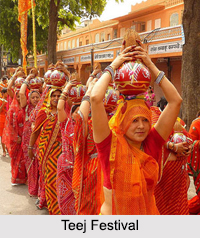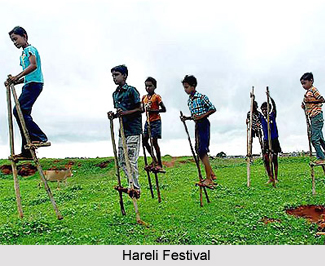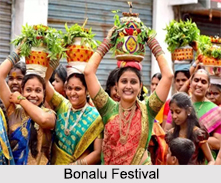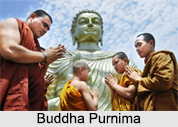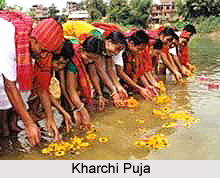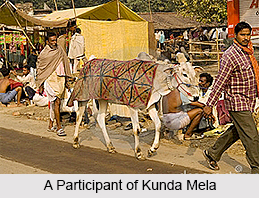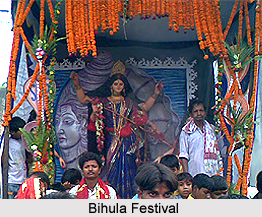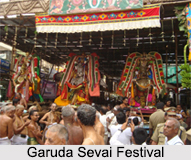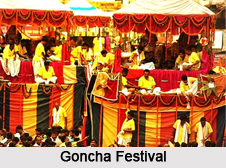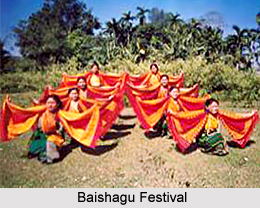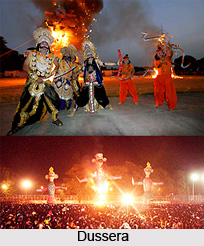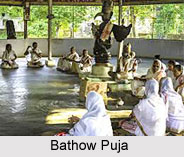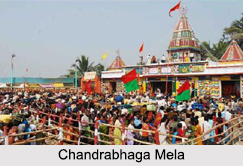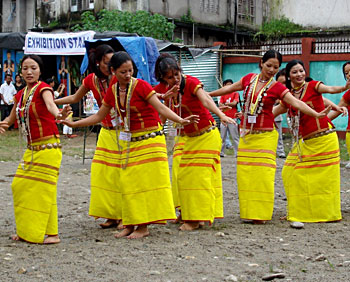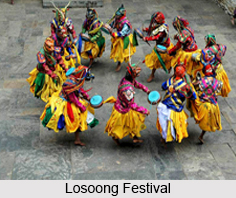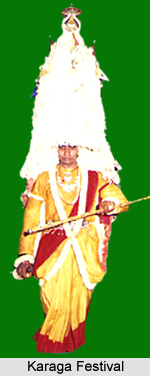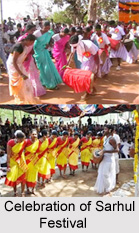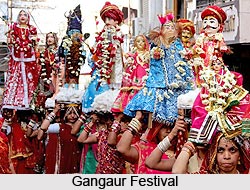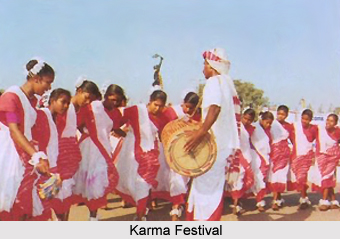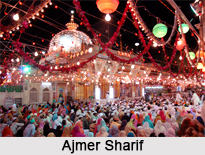 Urs Mela is a famous annual festival which is observed at the region of Ajmer city, in the western Indian state of Rajasthan to pay honour to Moinuddin Chishti, the great Sufi saint, on his death anniversary. This legendary Indian saint had founded the faith of `Chishtiya Sufi` faith in the country. It continues for a period of six days and is characterised by `qawwali` singing, which is known as `dhikr` or `zikr`, sung throughout the entire night. The death anniversary of this Sufi saint is observed during the seventh month of the Islamic lunar calendar. Innumerable pilgrims from all across the nation and also overseas pay a visit to the Ajmer Shareef Dargah to offer their prayers to Moinuddin Chishti.
Urs Mela is a famous annual festival which is observed at the region of Ajmer city, in the western Indian state of Rajasthan to pay honour to Moinuddin Chishti, the great Sufi saint, on his death anniversary. This legendary Indian saint had founded the faith of `Chishtiya Sufi` faith in the country. It continues for a period of six days and is characterised by `qawwali` singing, which is known as `dhikr` or `zikr`, sung throughout the entire night. The death anniversary of this Sufi saint is observed during the seventh month of the Islamic lunar calendar. Innumerable pilgrims from all across the nation and also overseas pay a visit to the Ajmer Shareef Dargah to offer their prayers to Moinuddin Chishti.
History of Urs Mela
During 1212 AD, the Urs Mela of the Sufi saint Moinuddin Chishti started to be celebrated and from that time onwards, it is observed in the initial week of the Islamic month called `Rajab`. It is believed that the seventh month of the Islamic lunar calendar commences only after the moon of Rajab is witnessed. In order to mark the beginning of the annual festive ceremony, drums are beaten with enthusiasm and gusto, near the shrine. It is said that the term `Urs` has been obtained from the word `aroos` which implies the `ultimate meeting of an individual with God`. It is believed that the saint Moinuddin Chishti has spent the final six days of his life in an isolated manner inside a `Huzra` which means a room meant for the purpose of praying. He had died on the sixth day of the month of `Rajab`. 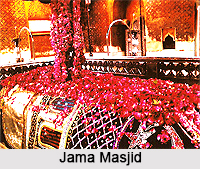
Features of Urs Mela
It is said that the sixth day of Urs Mela is the most auspicious and sacred and it is termed as `Chhati Sharif`, being celebrated during the 6th day of the Rajab month, inside the premises of the `Mazaar Sharif`. The `khadims` of Moinuddin Chishti read the `Shijra`, followed by the prayers or `Fariyad`. Prior to the end of the Chhati Sharif or the "Qu`l" , a poem of praise referred to as the `Badhaawa` is sung in chorus near the main entrance of the Ajmer Shareef Dargah, by the `Qawwals`. Badhaawa is characterised by an absence of musical instruments and involves continuous clapping, accompanied by recitations. Syed Behlol Chishty, who is an ancestor of the current-day community of Khadims had created the Badhaawa. The ritual of Qu`l concludes after the recitation of the Badhaawa. Thereafter, the `Faitha` is recited. The ceremony then finally comes to an end by firing cannon.
